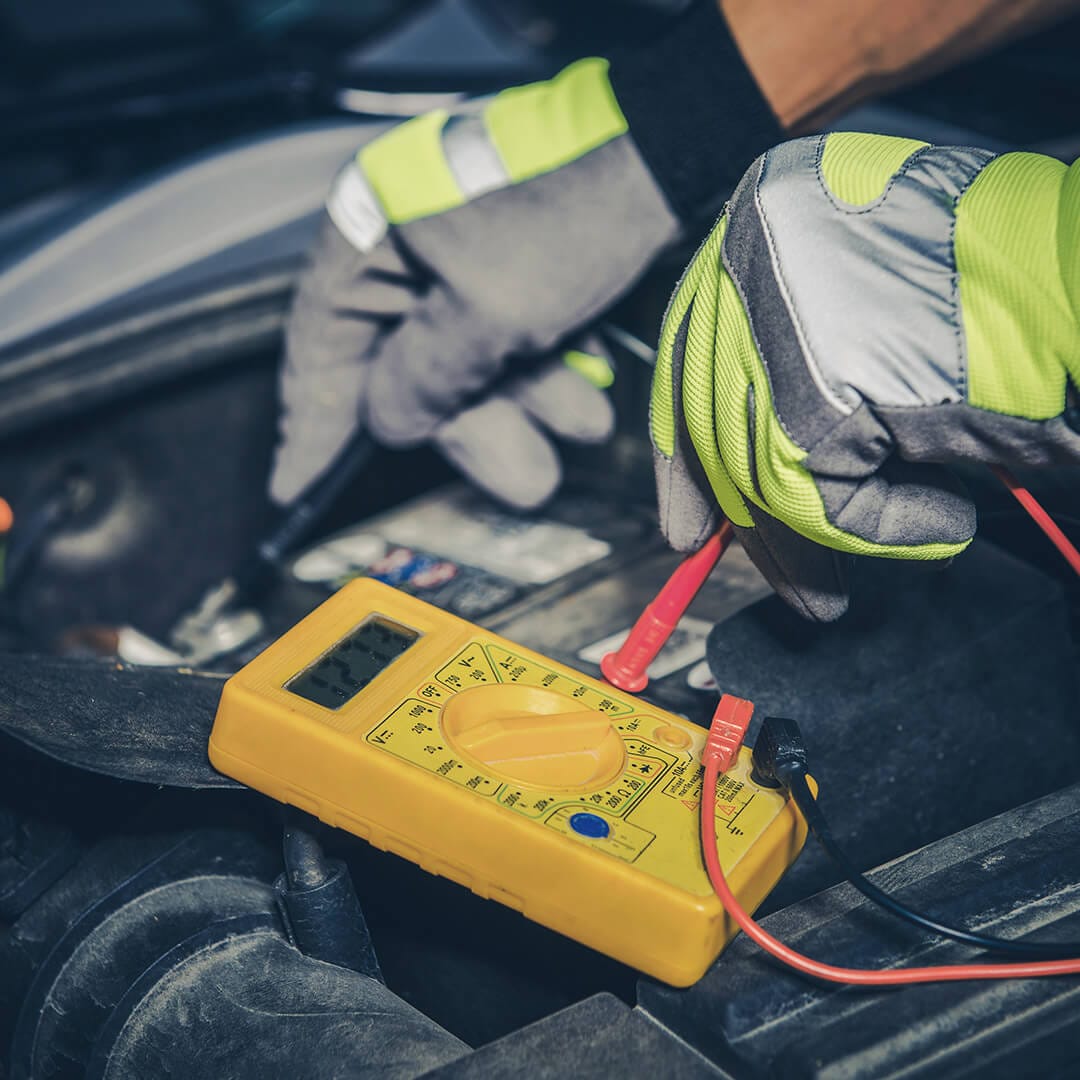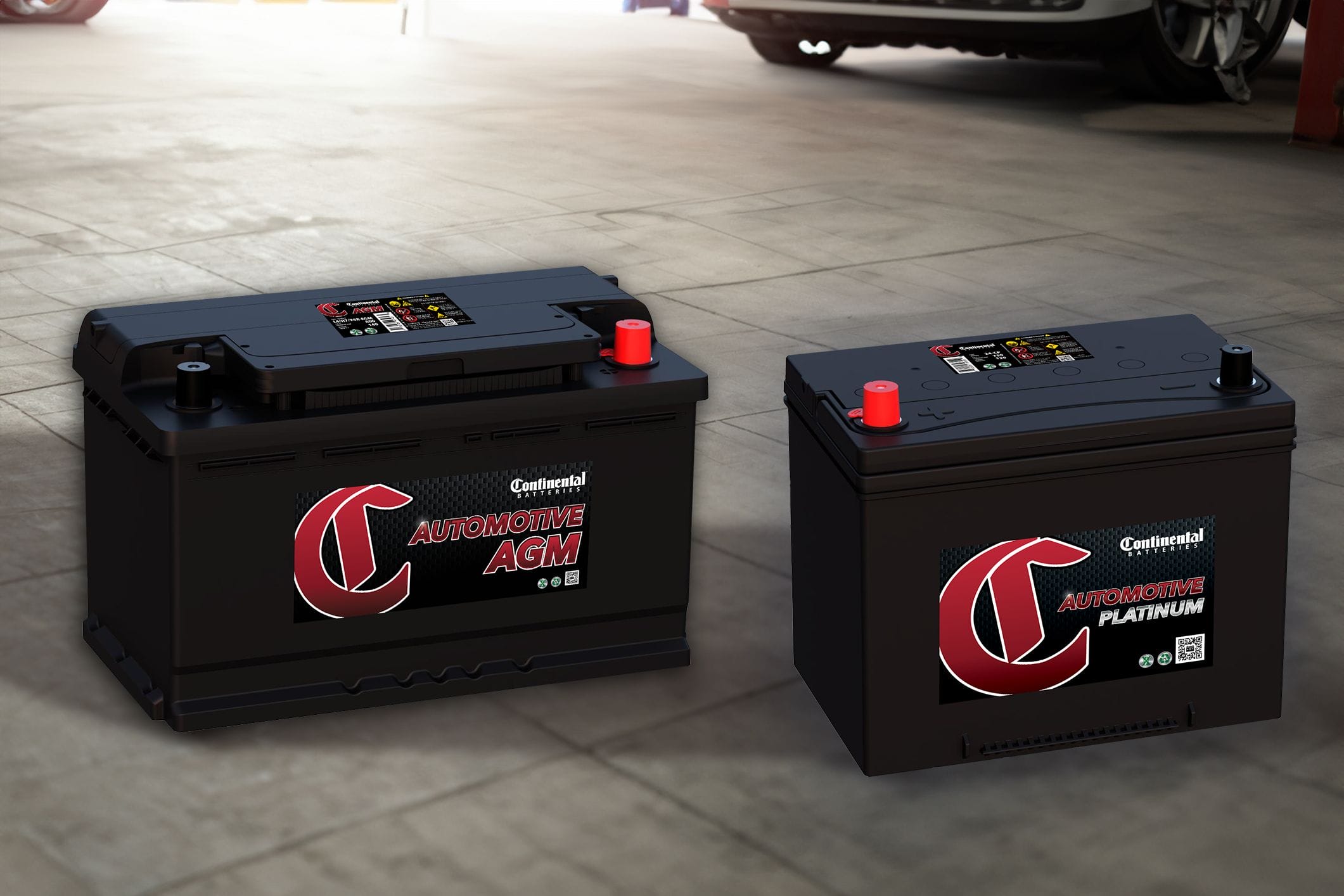
It’s not hard to tell when your car battery is on its way out. The car may not start up as quickly as it once did, or you may notice the headlights and interior lights seem dimmer than usual. Many car batteries only last a few years, which means you could be dealing with a weak battery if you haven’t replaced it in some time. Cars that aren’t driven frequently can also experience premature battery failure.
But if your car battery is on its way out, does a bad car battery affect gas mileage?
The short answer is yes. A dying battery requires your car to work harder, using more fuel and potentially wearing down other car parts faster.
Here’s everything you need to know about how a car battery affects gas mileage and how to test a battery to determine if it needs replacing.
Does a Car Battery Affect Gas Mileage?
You probably spend at least every few days thinking about fueling your car, especially if you have a long commute. But most drivers spend far less time thinking about the car battery. Yet these two components are more connected than you might believe.
The car battery works with other parts, such as the alternator and the engine, to power the vehicle. But if the car battery is weak, it demands more from the other parts, leading to a bigger drain on the fuel.
How a Battery Works
A car battery works through chemical reactions that generate electricity. The battery contains six cells, each with lead dioxide and lead plates submerged in an electrolyte (sulfuric acid).
The reaction of the sulfuric acid with the plates creates lead sulfate and ions. The ions flow through the battery and react with the lead plates, producing more lead sulfate and hydrogen. As the ions move to the cathode (negatively charged electrode) and anode (positively charged electrode) of the battery, they produce electricity. This electricity produces just enough energy to start up the engine. The electricity travels to an induction coil, which then ignites the spark plugs in the engine.
Once the battery has provided enough electricity to start up the engine, continued power comes from the alternator. As the engine belts move, they provide enough power to move the rotor inside the alternator. Magnets inside the rotor move over copper wire in the part of the alternator called the stator, generating electricity that goes back to the battery to recharge it.
Where Does Fuel Come Into Play? The battery, alternator and engine work together to run the car, but fuel is an important component of the process for non-electric vehicles. The fuel combines with air inside the vehicle’s carburetor, creating a combustible mixture. This combination of fuel and air moves through the vehicle cylinders, and an ignition coil ignites the spark plug and powers the engine.
How a Bad Battery Impacts Fuel Efficiency
When the car takes longer to start up, it’s tempting to ignore the problem, waiting as long as possible before replacing the battery. But a bad battery could make connecting parts work harder and require more fuel to power the vehicle. When this happens, the fuel efficiency decreases, leaving you with a gas-guzzler.
When the battery is weak, it is harder to recharge. The alternator needs to draw more power from the engine to recharge the battery and may run non-stop during the drive. This can cause the engine to use up more fuel, although it’s typically not enough to notice an issue.
However, that’s not the only way a car battery can affect gas mileage. When the battery is not recharging as it should, it can lead the fuel injectors to push fuel less efficiently into the cylinders, reducing gas mileage.
A weak or dying battery can also have a less direct impact on fuel efficiency. The battery can affect the vehicle’s computer system and accessories, which may prevent you from identifying issues with fuel consumption. Over time, your car could be using more fuel than necessary without alerting you because of the weaker battery.
Testing a Car Battery
It’s important to test your car battery at least twice per year, usually in the fall and spring. By doing so, you can catch early signs that your car battery is getting weaker. This gives you time to recharge the battery, refill its electrolyte or start shopping for a replacement. Remember, the longer you leave a dying battery in the car, the more impact it has on your fuel efficiency — and your wallet.
You don’t need much to test your car battery. A voltmeter or multimeter will do the trick. Here are a few ways to test a car battery and what the results could mean.
Multimeter Test
A multimeter is a tool you can use to test a car battery. It’s available at most auto shops, home improvement retailers or online retailers, with options ranging from around $8 to $40. To test a battery with a multimeter:
- Turn the car off. Make sure the car is off before you start the test.
- Clean the battery. Before you test the battery, make sure to inspect it for damage. If the battery has damage, it will need to be replaced. If you notice corrosion, you should clean that off using fine-grit sandpaper or a wire brush and baking soda paste.
- Choose the multimeter setting. Choose the 20-volt setting on the multimeter.
- Attach the probes. Attach the red probe to the positive battery terminal and the black probe to the negative battery terminal.
- Evaluate the reading. A reading will appear on the screen of the multimeter. This reading shows the battery’s resting voltage. An ideal reading should be between 12.2 to 12.6 volts. If the reading is lower than 12.2 volts, the battery is weak or could be dying. It may just need to be recharged or could need a complete replacement.
Crank Test
The crank test also uses the multimeter to determine the battery’s voltage when it is drawing the most energy as it starts the engine. Recruit a colleague to help you with the crank test.
- Set up the multimeter. Start by connecting the multimeter using the multimeter test instructions. Make sure the probes are properly connected and the multimeter is set to 20V.
- Start the car. Ask the person helping out to start the car.
- Watch the reading. Watch the multimeter reading immediately as the car is started and while the car idles.
- Evaluate the readings. The reading should not fall below 10 volts when the car is started; otherwise, it could be a sign that the battery is dying. While idling, the reading should stay between 14 and 14.5 volts. A reading lower than 14 volts could indicate a dying battery or a bad alternator.
Load Test
If you don’t have equipment on hand, you can perform a quick load test to get a general idea of the battery’s health.
- Hit the lights. Turn the key to accessories to turn on the headlights, but don’t turn it enough to start the engine.
- Leave the lights on. Keep the lights turned on for about 15 minutes.
- Start the car. After 15 minutes, turn the key in the ignition fully to start the engine.
- Check for dimming. If the lights dim while you turn on the engine, it could indicate a weak battery.
Test Results
If you’re getting a low reading, it’s probably time to replace the battery. If the reading is correct or a new battery still hasn’t fixed your car’s problem, don’t forget to inspect the alternator and spark plugs, because all of these parts should be in good condition to give your vehicle the best fuel efficiency possible.






